SBOSAD6B April 2023 – August 2024 TLV9361-Q1 , TLV9362-Q1 , TLV9364-Q1
PRODUCTION DATA
- 1
- 1 Features
- 2 Applications
- 3 Description
- 4 Pin Configuration and Functions
- 5 Specifications
- 6 Detailed Description
- 7 Application and Implementation
- 8 Device and Documentation Support
- 9 Revision History
- 10Mechanical, Packaging, and Orderable Information
Package Options
Mechanical Data (Package|Pins)
Thermal pad, mechanical data (Package|Pins)
Orderable Information
5.8 Typical Characteristics
at TA = 25°C, VS = ±20V, VCM = VS / 2, RLOAD = 10kΩ (unless otherwise noted)
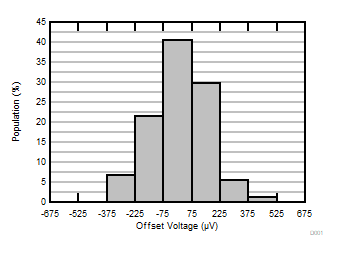
| Distribution from 74 amplifiers, TA = 25°C |
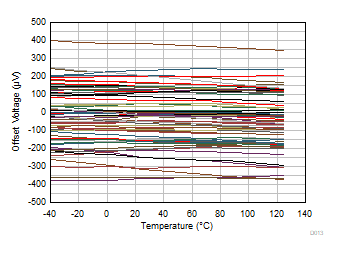
| VCM = V- | ||
| Data from 74 amplifiers |
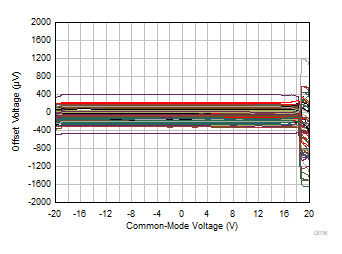
| TA = 125°C | ||
| Data from 74 amplifiers |
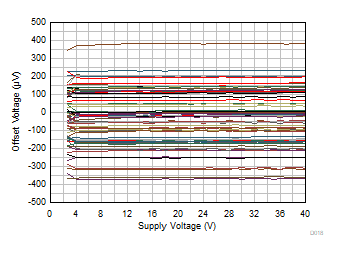
| VCM = V– | ||
| Data from 74 amplifiers |
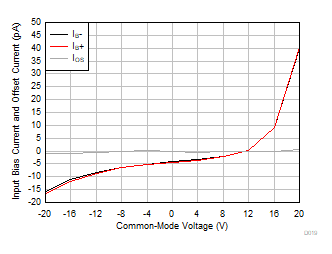 Figure 5-9 Input
Bias Current and Offset Current vs Common-Mode Voltage
Figure 5-9 Input
Bias Current and Offset Current vs Common-Mode Voltage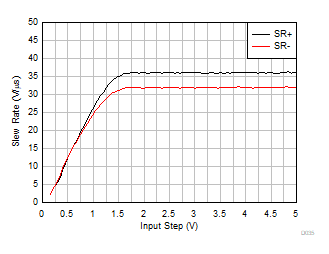
| G = +1, CL = 20 pF |
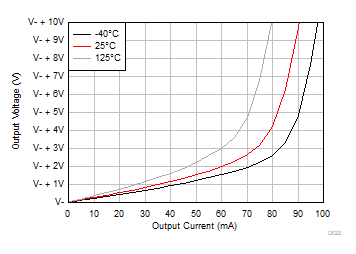
| VS = 40V |
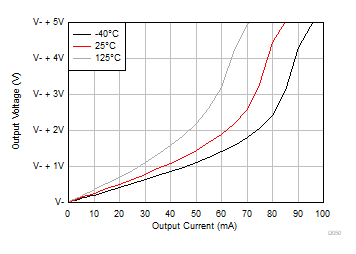
| VS = 5V |
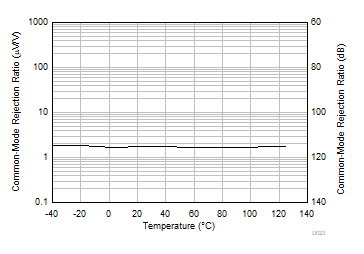
| VS = 40V |
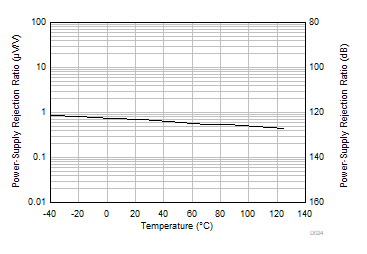
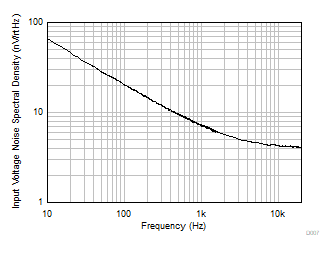 Figure 5-21 Input
Voltage Noise Spectral Density vs Frequency
Figure 5-21 Input
Voltage Noise Spectral Density vs Frequency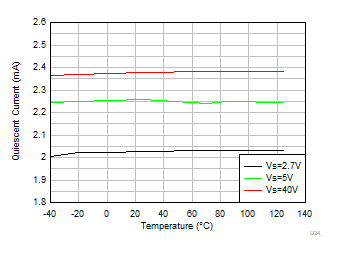
| VCM = V– |
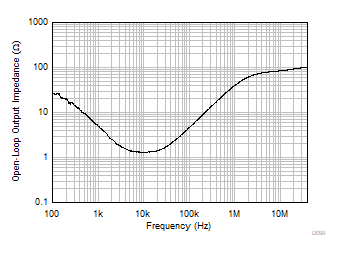 Figure 5-25 Open-Loop Output Impedance vs Frequency
Figure 5-25 Open-Loop Output Impedance vs Frequency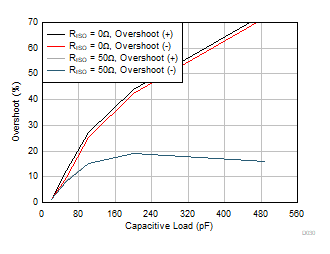
| 20mVpp Output Step, G = +1 |
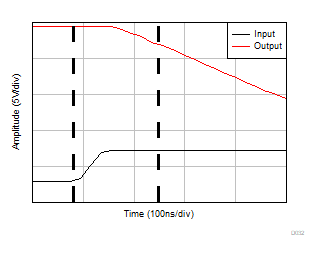
| G = –10 |
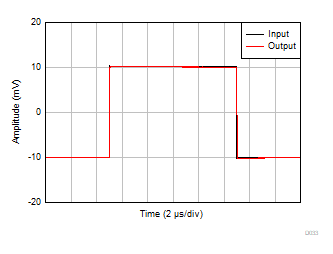
| CL = 20pF, G = 1, 20mVpp step response |
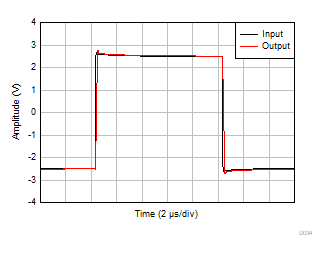
| CL = 20pF, G = 1, 5Vpp step response |
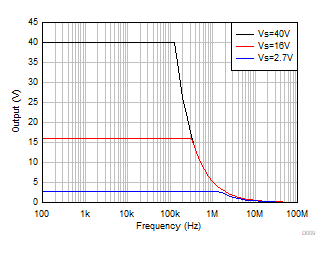 Figure 5-35 Maximum Output Voltage vs Frequency
Figure 5-35 Maximum Output Voltage vs Frequency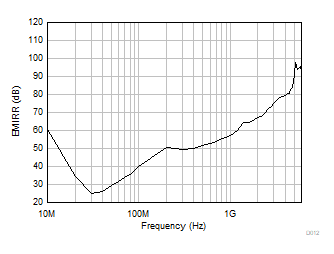 Figure 5-37 EMIRR
(Electromagnetic Interference Rejection Ratio) vs Frequency
Figure 5-37 EMIRR
(Electromagnetic Interference Rejection Ratio) vs Frequency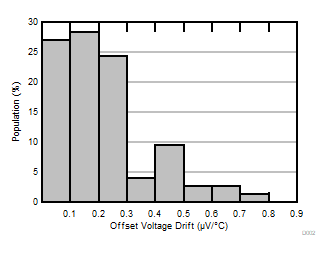
| Distribution from 74 amplifiers |
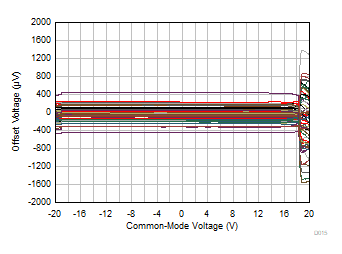
| TA = 25°C | ||
| Data from 74 amplifiers |
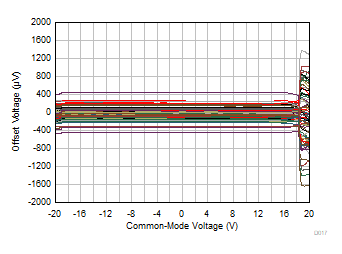
| TA = –40°C | ||
| Data from 74 amplifiers |
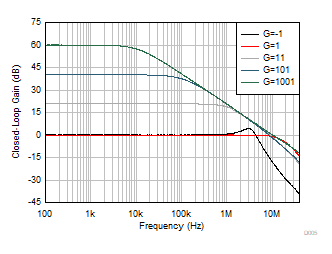 Figure 5-8 Closed-Loop Gain vs Frequency
Figure 5-8 Closed-Loop Gain vs Frequency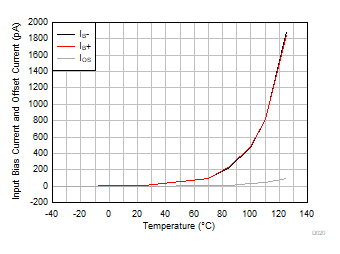 Figure 5-10 Input
Bias Current and Offset Current vs Temperature
Figure 5-10 Input
Bias Current and Offset Current vs Temperature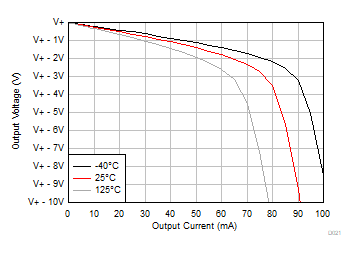
| VS = 40 V |
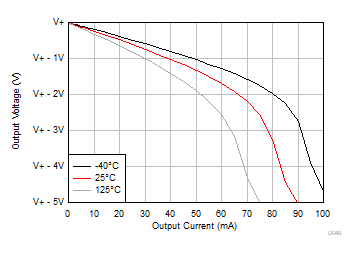
| VS = 5V |
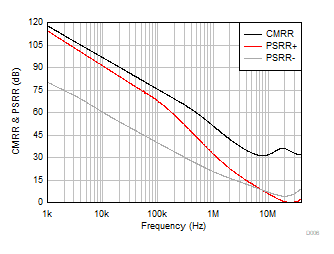
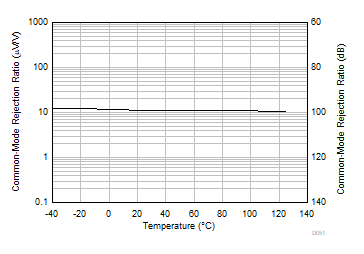
| VS = 5V |
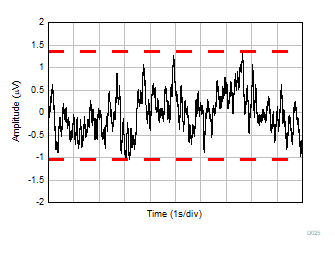 Figure 5-20 0.1Hz to 10-Hz
Noise
Figure 5-20 0.1Hz to 10-Hz
Noise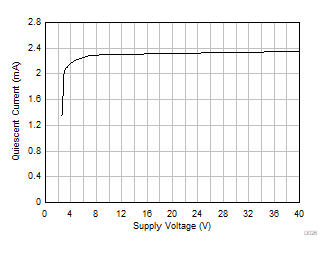
| VCM = V– |
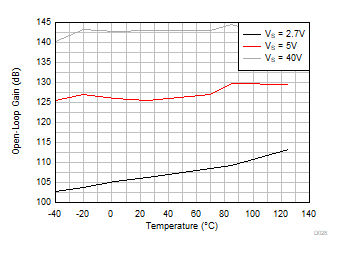 Figure 5-24 Open-Loop Voltage Gain vs Temperature (dB)
Figure 5-24 Open-Loop Voltage Gain vs Temperature (dB)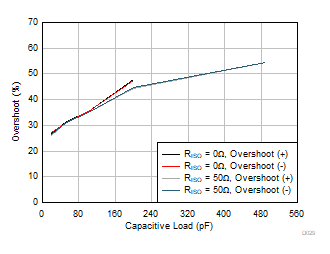
| 20mVpp Output Step, G = -1 |
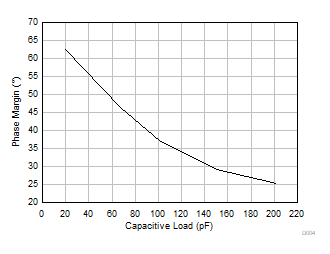
| G = +1 |
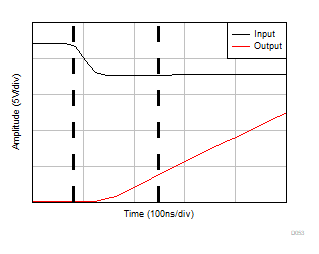
| G = –10 |
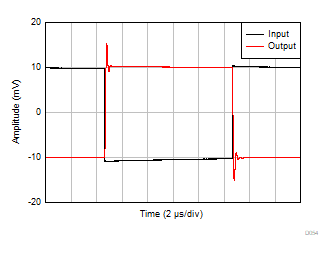
| CL = 20pF, G = -1, 20mVpp step response |
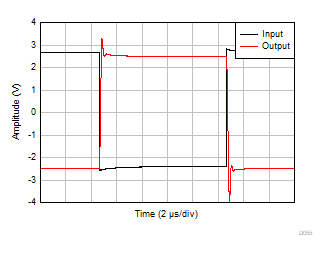
| CL = 20pF, G = -1, 5Vpp step response |
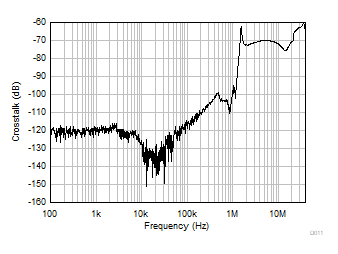 Figure 5-36 Channel Separation vs Frequency
Figure 5-36 Channel Separation vs Frequency